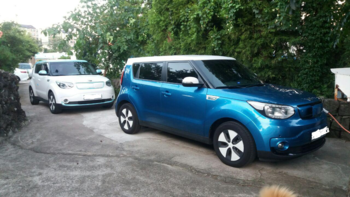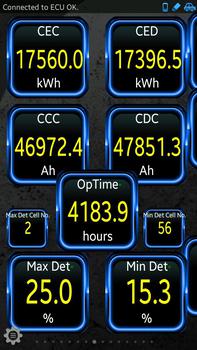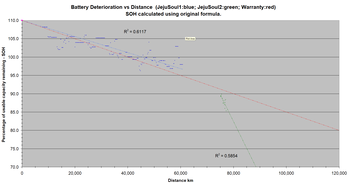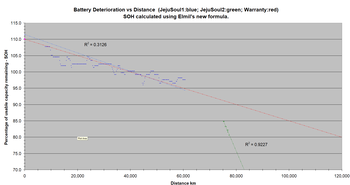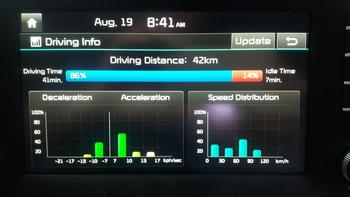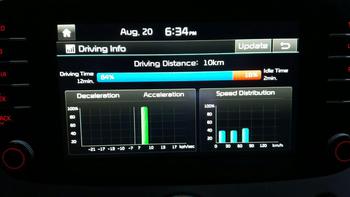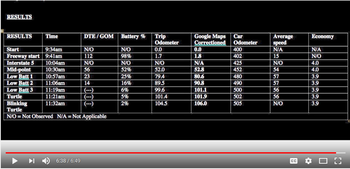JejuSoul said:
edatoakrun said:
...I was able to track my 2011 L eaf pack capacity in this manner for the last five years, and (happily) learned to ignore the inaccurate BMS readouts..
Hi edatoakrun, its been a long time since you last wrote on this forum...
HI, again.
JejuSoul said:
Last time here back in April 2016 you
wrote
edatoakrun said:
...it seems likely to me that most or all Soul EVs driven in a climate as hot or hotter than Phoenix would qualify for replacement long before 10 years or 100k miles are covered.Depending of course, on how accurately Kia measures battery degradation for warranty purposes.
You were right many Soul EVs in hot climates have already required a new battery...
Well, no great credit is due for that prediction.
If you look at the AVTA data up to termination of the testing program, ALL the BEVs being tested looked likely to be headed for early battery failure, when subject to the tortuous test conditions of high ambient temperatures and severe discharge/recharge (for the DC capable BEVs) cycling.
And, to the extent I have been able to discern from anecdotal reports on this and other forums, rapid capacity loss has been the case, irrespective of variations in cell suppliers and thermal management strategies, in those regions with extremely high ambient temperatures like Phoenix.
I'm hopeful that the packs being installed in BEVs today, almost a decade later, are significantly more resistant to degradation from high ambient temperatures and/or the increased cycling required by active thermal management.
But the primary reason I am a lot less worried about my ("40 kWh") 2019 LEAF than my ("24 kWh") 2011 under my own hot seasonal conditions, is that, with a I simply have a much larger margin of capacity to work with.
After eight years of use, my old LEAF had lost between five and six kWh of available capacity (as determined by an external meter) and I could no longer make my >50 mile winter commute (in temps down to 0 C) without a recharge.
If my 2019 LEAF loses only about the same five or six kWh over the next eight years...
no big problem.
So I saw no reason to choose a BEV with a pack larger than ~40 kWh, which (unfortunately) meant passing on both the Niro, Soul and Kona, which are currently only available with the larger packs in the USA.
Of course, the costs of batteries were far too high back in 2011 to have allowed a mass-market BEV with a ~40 kWh pack (much less 50 kWh, 60 kWh, or even larger) so kWh
hoarding was only an effective hot climate strategy for
very expensive BEVs...like Teslas.
JejuSoul said:
...And it is the BMS readout via an OBD adapter that Kia uses to judge when the battery needs replacing...
I know, but the reason I replied to your post is that your posted results indicated with near-certainty that your BMS could not be relied on, at least in the short term.
I Assume other forum members may have their own reasons to want to know their actual pack capacity, especially those who do not have the BMS reading to qualify for a free replacement pack under warranty.
JejuSoul said:
...San Diego so not quite as hot as Phoenix but nearly...
Actually, San Diego is probably the most popular vacation destination for those getting out of Phoenix in the Summer.
Some inland areas of SD County are "Hot", in the same sense where I live is "hot" in the Summer but the coastal region (and most of the City itself) are quite moderate, year-round.




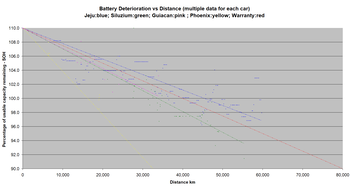
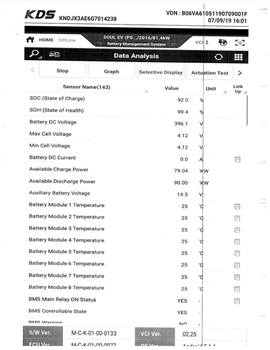
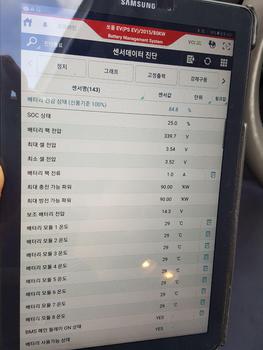
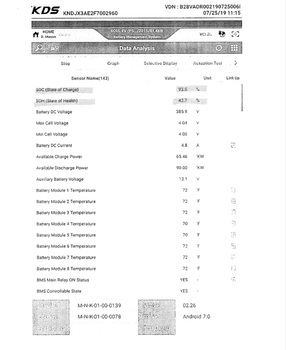















![300W Car Power Inverter 12V to 110V,PiSFAU DC to AC Car Plug Adapter Outlet with Multi USB[24W USB-C] /USB-Fast Charger(24W) Car Inverter,Car Charger for Laptop Vehicles Road Trip Essentials](https://m.media-amazon.com/images/I/41-KedJShYL._SL500_.jpg)
























